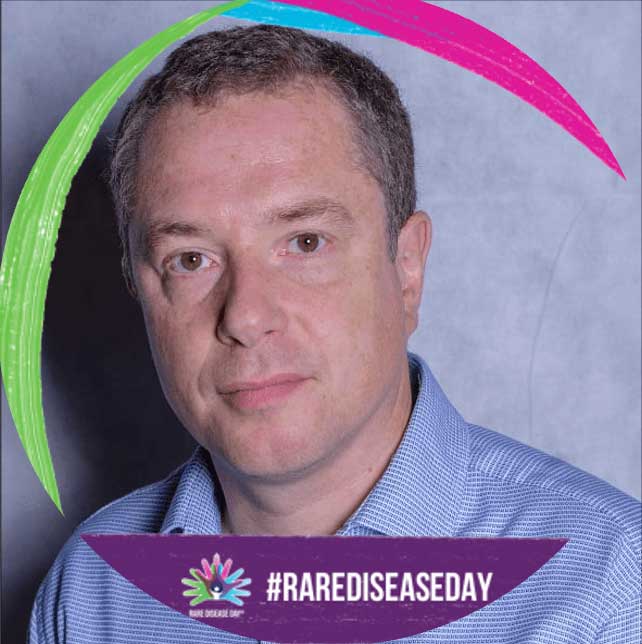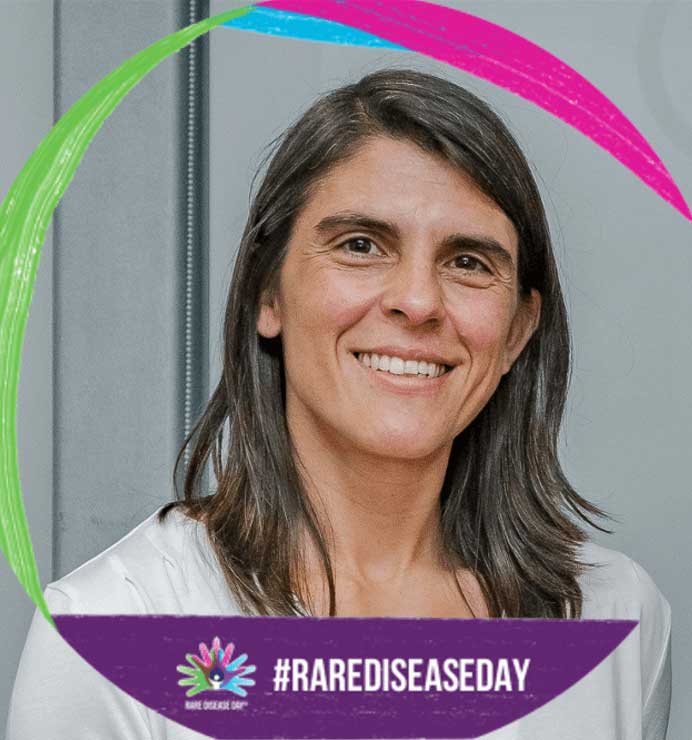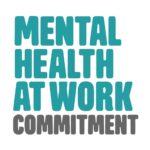Overcoming challenges to patient engagement in the #RareDisease community
Patient engagement can be difficult if the right partners are hard to identify, or if they don’t have the capacity to collaborate. This is even more emphasised when talking about rare or ultra-rare diseases, where the prevalence of a condition is low and patients might be located all around the world – and not all of them are involved in patient group activities. Engaging with these patients and patient groups becomes that much more important. Every effort to research and develop (R&D) a treatment for these conditions should be done together with patients so limited opportunities are not wasted and to bolster the potential to ensure that new treatments really address patients’ needs.
For Rare Disease Day 2023, we reached out to a couple of rare disease advocates in our network to ask them about their work and how they see patient engagement in the rare disease space.

Nick Sireau, Chair and CEO, AKU Society, Co-founder and Chair, Beacon for Rare Diseases lives the day-to-day reality of a parent of children with an ultra-rare condition AKU (alkaptonuria). For him and his family, the diagnosis experience was not the most positive one, though they were fortunate to get a diagnosis relatively quickly, which is very different to the majority of people with AKU.
“Two thirds of AKU patients would only get diagnosis later in life (because the signs might go unnoticed). It’s only when they start having physical problems that they’ll eventually get a diagnosis.” – Nick Sireau, AKU Society
One of the unique challenges for patient engagement he thinks is that the current drug development model is not working for ultra-rare diseases as there is no real financial incentive due to the very low prevalence of these diseases.
For Inês Alves, a mother of a 10-year old girl living with a rare condition achondroplasia and the Founder and President of ANDO Portugal (the national organization for skeletal dysplasias), one of the challenges the rare disease community faces when trying to collaborate with the pharmaceutical industry is the limited robust data that can confirm the value of patients’ and patient representatives’ participation in the R&D process.
“Although in the last few years there has been a crescendo demand from representatives and organizations towards engagement and participation, and industry shows openness to hear it, that is still a closed-up environment. Yet, the rare community has been heavily pushing for this change as the need for quick, focused and effective research translated into treatments is vital.” – Inês Alves, ANDO Portugal

For the AKU Society, who has had a strong relationship with the local hospitals and universities in Liverpool for the past 20+ years, the solution was to establish a Public-Private-Partnership to overcome the barrier of an unattractive financial model of drug development in ultra-rare diseases. After finding a drug that could potentially be a treatment to AKU and convincing the pharmaceutical to partner and to repurpose it, the project received EU funding for clinical trials and finally received EMA approval for AKU 2,5 years ago. The drug is now available to patients in the UK and across Europe. This is a success story that could potentially be considered and replicated in other rare diseases. (Case study in PFMD’s Book of Good Practices 2018, case 4, p. 32.)
When asking what can be done to make patient engagement a reality in the rare disease area, Nick reminds us that rare disease patient groups are often run by parents (in the evenings and weekends after their day job and care taking responsibilities) and thus are very limited with resources.
“Often what happens is one of the parents will stop working to look after the child full time and the other parent will be having to do their job and overtime to try and generate some kind of income to support them. And in the evenings when they’re not too exhausted, they’ll be trying to run or set up their patient group, because often there won’t be any other patient group.” – Nick Sireau, AKU Society
He believes that a model from the US could help build capacity for small patient groups to interact with industry more. The idea is similar to the Chan-Zuckerberg initiative where an independent fund could be set up by industry and other research funders, and grants distributed to a short list of small, rare disease patient groups to help them hire personnel and do their basic research so that they can interact with the industry on a more equal footing.
And what about the challenges of finding patients to work with? Inês says that there are people living with the condition or their relatives, but the problem is that not all speak English. The key is to leverage existing networks:
“There are always people living with a rare disease/condition, their relatives or organizations that are willing to be engaged and participate. But not all are native English speakers. In ultra-rare diseases, the search needs to be leveraged. Yet, in an era of social media, with international patient organizations and federations, rare diseases networks (clinical and patients), there are fewer steps to find people living with rare diseases willing to collaborate. And there are also many people that do not wait to be found as they are actively speaking and looking for collaboration.” – Inês Alves, ANDO Portugal
We want to thank both Nick and Inês for answering our questions and participating in our Rare Disease Day campaign.
Check out Nick’s interview video in full here.
More information:
- AKU Society | Website, Twitter, LinkedIn
- Rare Disease Beacon, Rare disease charity for patient groups | Website, Twitter, LinkedIn
- Find Nick Sireau on Twitter: @Nick_Sireau
- ANDO Portugal, the national organization for skeletal dysplasias | Website, Twitter, YouTube
- Find Ines Alves on Twitter: @InesA_Beyond



